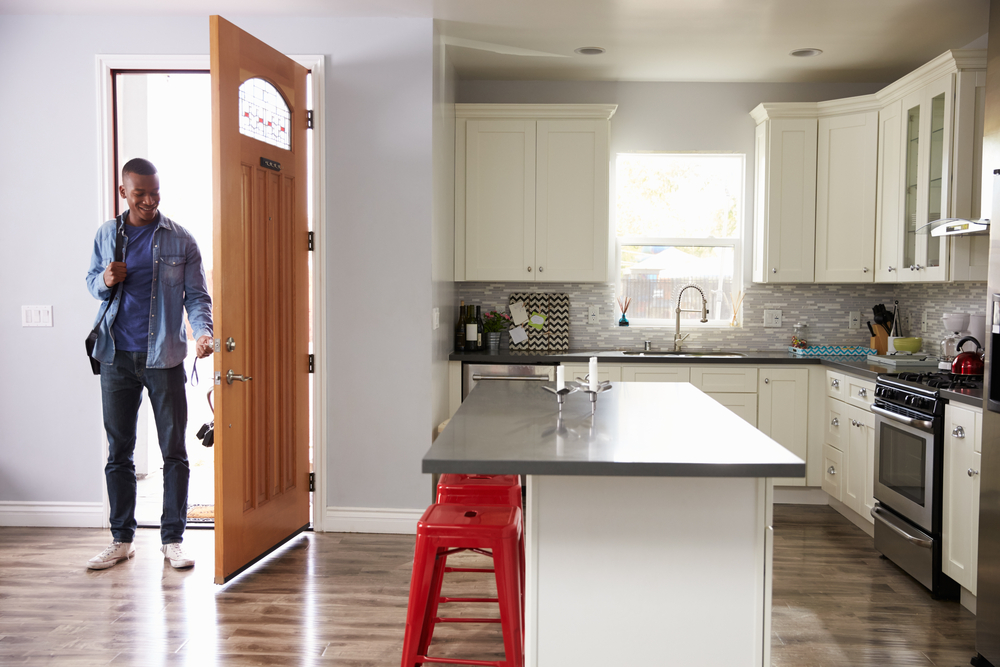The Rental Assistance Demonstration (RAD) was created in order to give public housing authorities (PHAs) a powerful tool to preserve and improve public housing properties and address the $26 billion dollar nationwide backlog of deferred maintenance. RAD also gives owners of three HUD “legacy” programs (Rent Supplement, Rental Assistance Payment, and Section 8 Moderate Rehabilitation) the opportunity to enter long-term contracts that facilitate the financing of improvements. Additionally, it is now being utilized to address properties in the Project Rental Assitance Contract (PRAC) Programs. On July 27, 2023, HUD published a Supplement to the RAD Notice (H-2023-08/PIH-2023-19, Rev 4-B). Let’s review some of the most significant changes.
Contract Rent Flexibilities for 202 Project Rental Assistance Contract Conversions:
- Money provided through the FY 2022 and FY 2023 Appropriation Acts will provide contract rent increases to support greater financing with the purpose of enhancing climate resilience, energy and water efficiency, and housing design that will allow the elderly to age in place.
- Implementing waiver authority to assure the continuation of resident services previously provided at Section 202 PRAC properties converting through RAD and to avoid reductions in rental subsidy.
- Creates an incentive for owners to make efficiency improvements for utilities paid by tenants by extending the tenant-paid utility savings provision used in public housing conversions to PRAC conversions.
Expanding “Faircloth-to-RAD” Tools to Unlock New Affordable Housing:
- For properties that meet certain conditions, the supplement allows PHAs to utilize HAP reserves to augment RAD rents at conversion and to use other flexibility, such as the Opportunity Zone Rent Boost.
- Establishes alternative resident notification and engagement procedures for Faircloth-to-RAD transactions.
- Allows PHAs utilizing Faircloth-to-RAD to reserve RAD conversion authority without the use of a Portfolio Award.
Strengthening Resident Engagement Requirements:
- The Supplement expands the resident engagement requirements for public housing conversions to ensure residents are better informed and engaged throughout the RAD conversion process. Further, the Supplement provides additional tools for HUD to monitor resident engagement through, for example, additional submission requirements.
- Housing Quality Standards (HQS): For public housing conversions to PBV, the Supplement clarifies the applicability of HQS during the RAD Scope of Work rehab period for occupied units. It also adds a certification requirement for the condition of the unit prior to placing units and making payment under the HAP Contract. The Supplement also extends these requirements to non-RAD PBV units that are part of the same project.
- “Zero HAP” Residents: Amends the treatment of households whose total tenant payment (TTP) exceeds the Gross Rent on the RAD HAP Contract, including public housing families present at the time of conversion and families newly admitted to converted properties after conversion.
Energy Efficiency and Climate Resiliency:
- Raises minimum energy efficiency standards applicable to new construction.
- Requires ownership teams to address climate risks in their scope of work and to create a property-wide disaster response plan.
- Requires new construction buildings to be designed consistent with the Federal Flood Risk Management Standard addressing mechanicals, residential units, and non-resident space.
Harmonizing Radon Policies for All RAD Conversions:
- This Notice eliminates previously available exemptions, subjecting all RAD converting projects (PBRA and PBV) to radon testing requirements.
Removing Barriers to Utilizing RAD & Section 18 Blends:
- Creates an additional definition of “high-cost areas” used to set eligibility for one of the RAD & Section 18 Construction Blends.
- Provides criteria for local field offices to approve PHAs to administer resulting contracts when the PHA’s voucher program size is under 250.
- Exempts non-RAD PBV units replacing public housing units from a PHA’s PBV program cap when used in conjunction with a RAD Transfer of Assistance.
- Applies the same HQS Inspection protocol to both the RAD and the Section 18 units in a RAD & Section 18 Blend.



